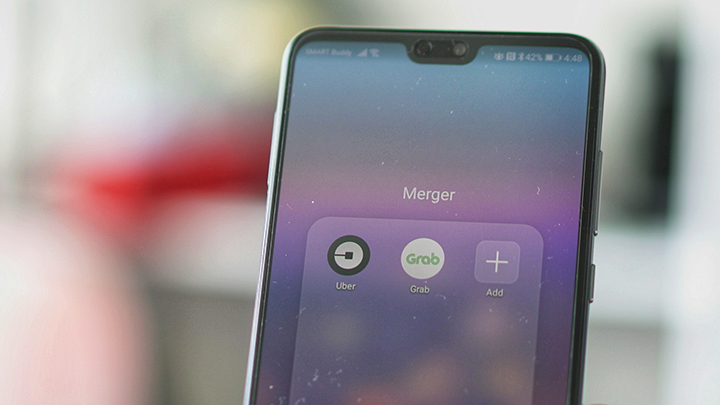Perhaps one of the biggest stories of the year is the merger between Grab and Uber in the Philippines and the rest of South East Asia.
After a couple weeks of rumors, the deal was almost instantly sealed with Uber getting 25% share of Grab’s combined operation in the region.

In the Philippines, Grab and Uber had quite a healthy competition, albeit not without problems with the government. Operations were temporarily suspended with both TNVS getting slapped with heavy fines. Despite it all, both services thrived and grew exponentially in no time.
A lot of riders have complained that it was due to pressure from LTFRB that made Uber call it quits. The fact that they pulled out of the entire South East Asia altogether instead of just the Philippines indicates there’s more that we don’t know.
It’s easy to see that Softbank might have had a hand in the merger of Uber and Grab in South East Asia as no investor would want competing companies in its portfolio, much more of one of them is already bleeding money.
The same scenario happened in China in 2016 where Uber agreed to merge with leading competitor Didi for an 18% stake in the combined operation. Uber was facing stiff local competition and was also bleeding money in China.
Uber’s approach of a one-size-fits-all wasn’t working well with the diverse cultural differences in the region. Grab had the cultural advantage and was able to adapt to the various intricacies in each country it operates.
Grab also has a more diverse offering, from a regular taxi cab to a car, van or a motorbike. It even offers express parcel delivery service via GrabExpress.
Uber was only good in one category — car-hailing and ride-sharing. In order for Uber to entice more riders into its fold, it had to match or exceed the promotions and incentives Grab was offering its drivers. This is one of the main reasons why Uber was losing money in its operations.
In the Philippines, riding customers obviously prefer Uber over Grab. Aside from cheaper rates, Uber drivers are not picky as they don’t see the destination of the ride. Grab does not have that option and allows drivers to accept or reject customers based on the destination of the trip. In a country where daily traffic is a nightmare these two glaring differences in policy obviously benefits one over the other. Drivers prefer Grab while riders prefer Uber. Guess who won?

YugaTech.com is the largest and longest-running technology site in the Philippines. Originally established in October 2002, the site was transformed into a full-fledged technology platform in 2005.
How to transfer, withdraw money from PayPal to GCash
Prices of Starlink satellite in the Philippines
Install Google GBox to Huawei smartphones
Pag-IBIG MP2 online application
How to check PhilHealth contributions online
How to find your SIM card serial number
Globe, PLDT, Converge, Sky: Unli fiber internet plans compared
10 biggest games in the Google Play Store
LTO periodic medical exam for 10-year licenses
Netflix codes to unlock hidden TV shows, movies
Apple, Asus, Cherry Mobile, Huawei, LG, Nokia, Oppo, Samsung, Sony, Vivo, Xiaomi, Lenovo, Infinix Mobile, Pocophone, Honor, iPhone, OnePlus, Tecno, Realme, HTC, Gionee, Kata, IQ00, Redmi, Razer, CloudFone, Motorola, Panasonic, TCL, Wiko
Best Android smartphones between PHP 20,000 - 25,000
Smartphones under PHP 10,000 in the Philippines
Smartphones under PHP 12K Philippines
Best smartphones for kids under PHP 7,000
Smartphones under PHP 15,000 in the Philippines
Best Android smartphones between PHP 15,000 - 20,000
Smartphones under PHP 20,000 in the Philippines
Most affordable 5G phones in the Philippines under PHP 20K
5G smartphones in the Philippines under PHP 16K
Smartphone pricelist Philippines 2024
Smartphone pricelist Philippines 2023
Smartphone pricelist Philippines 2022
Smartphone pricelist Philippines 2021
Smartphone pricelist Philippines 2020
MG says:
Only proves that customers aren’t king in this country…